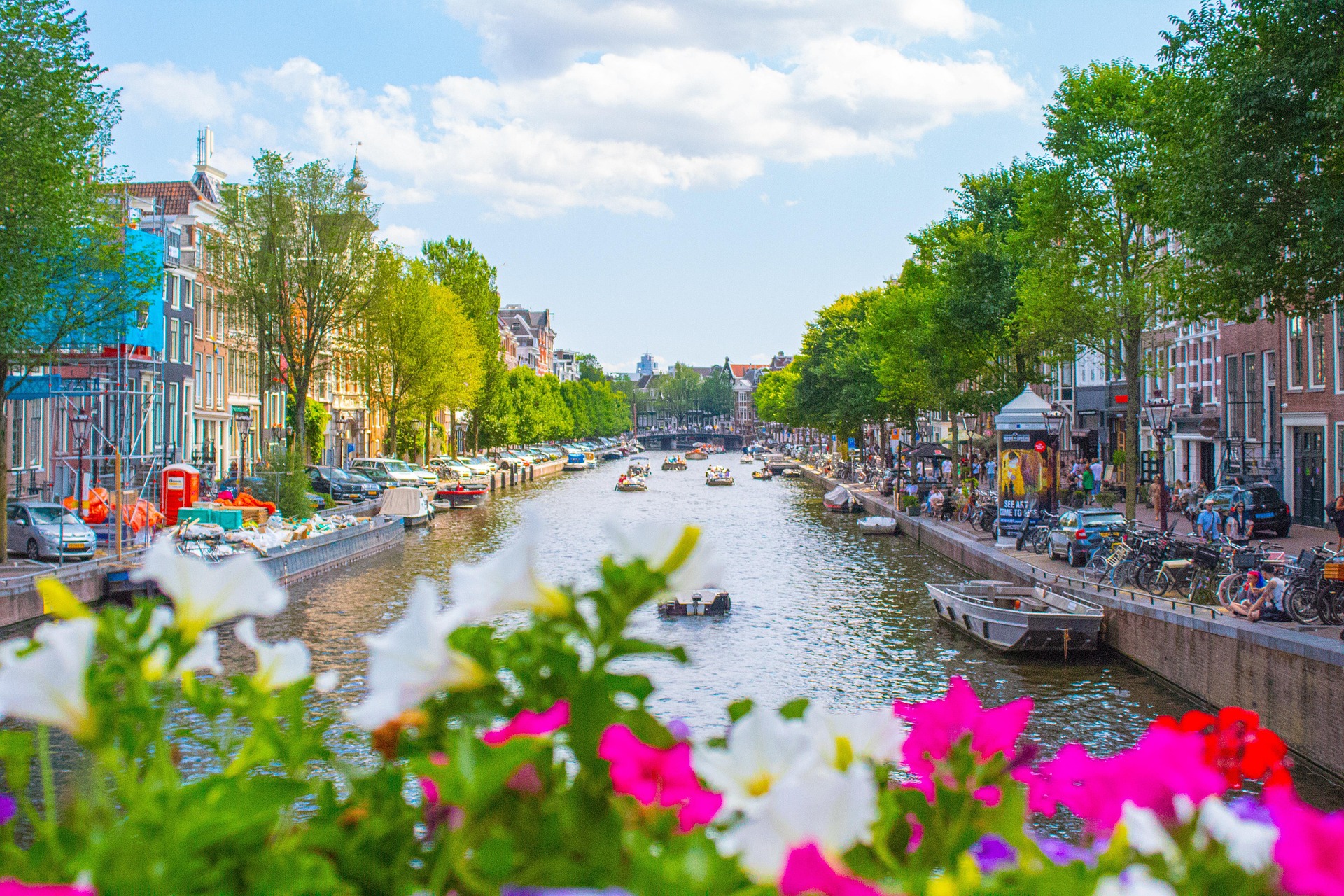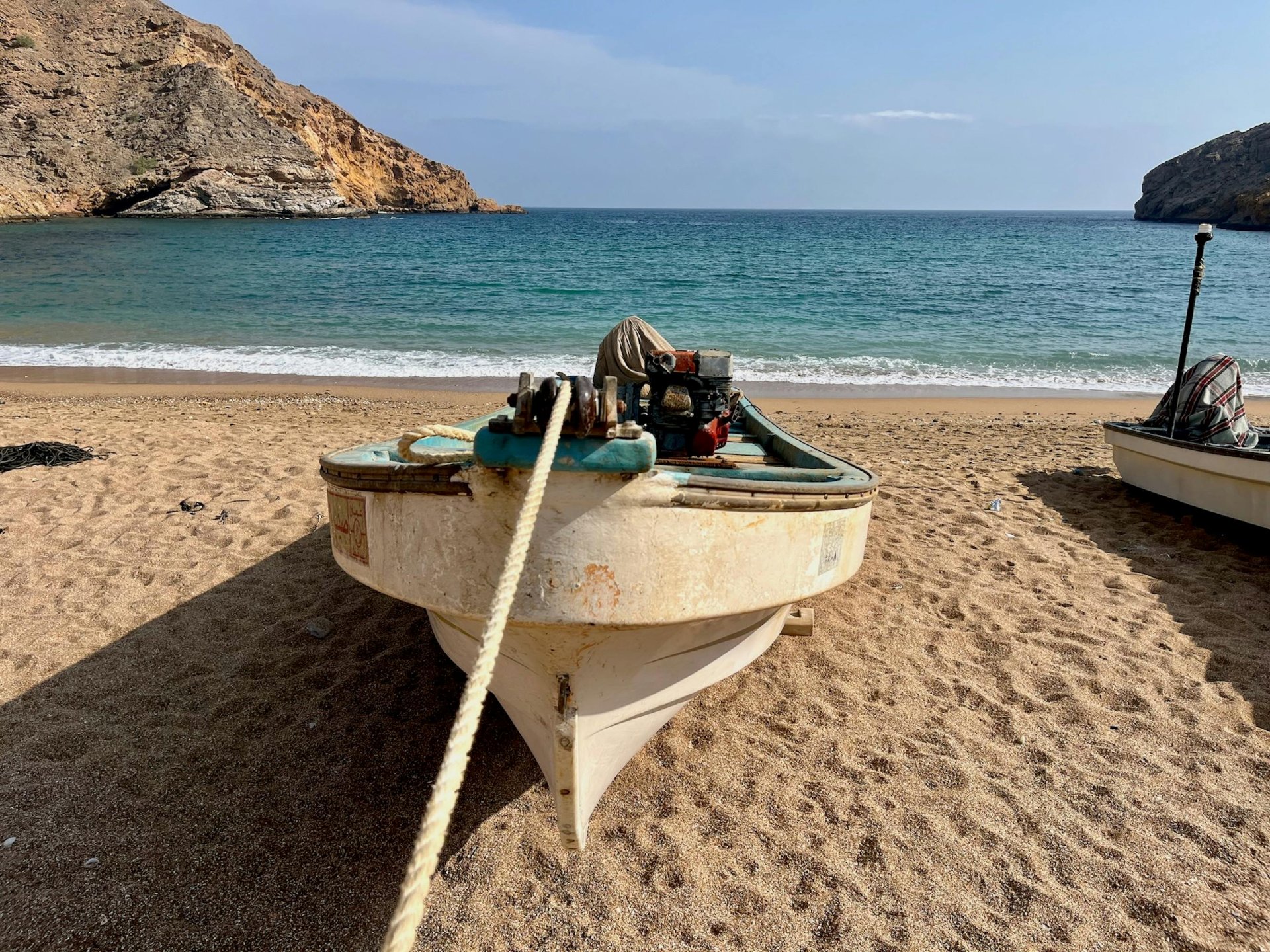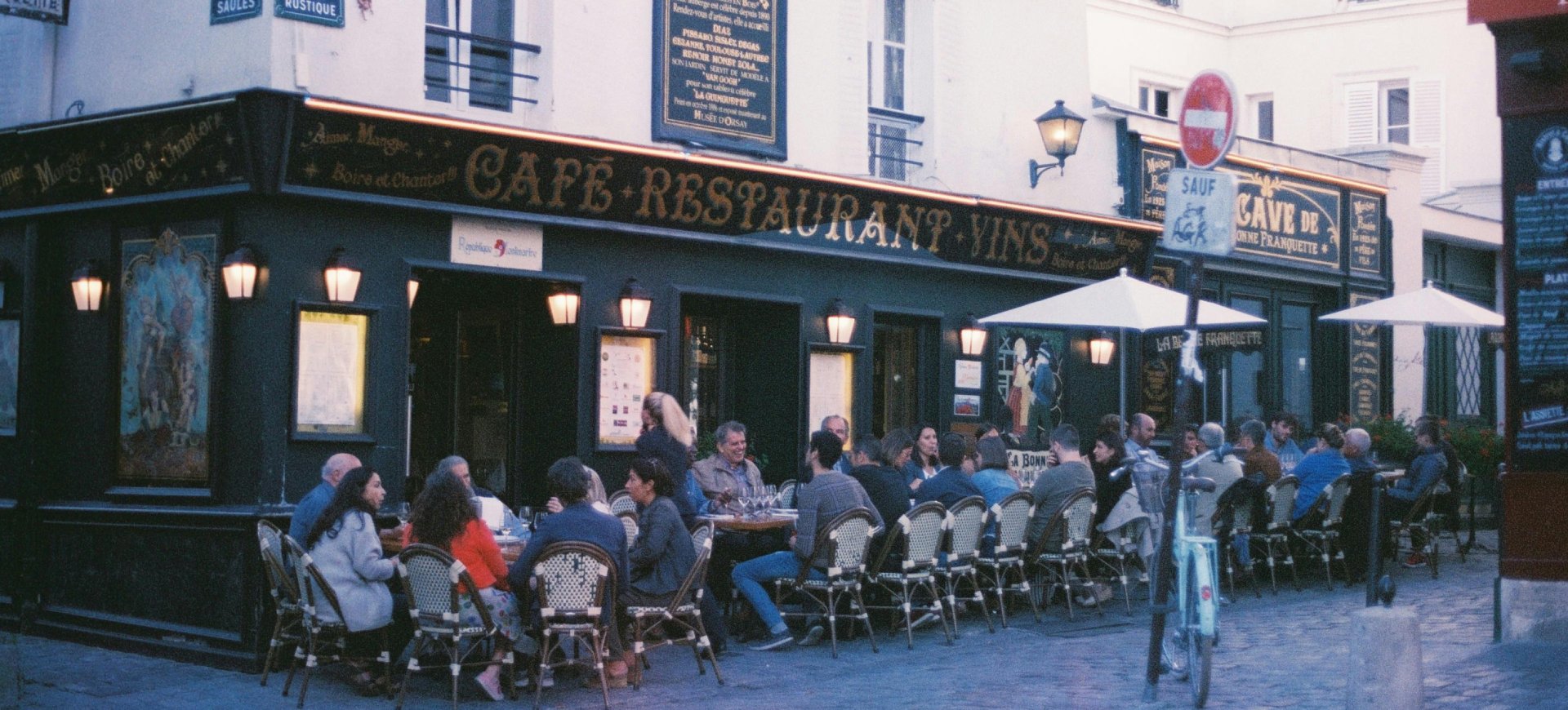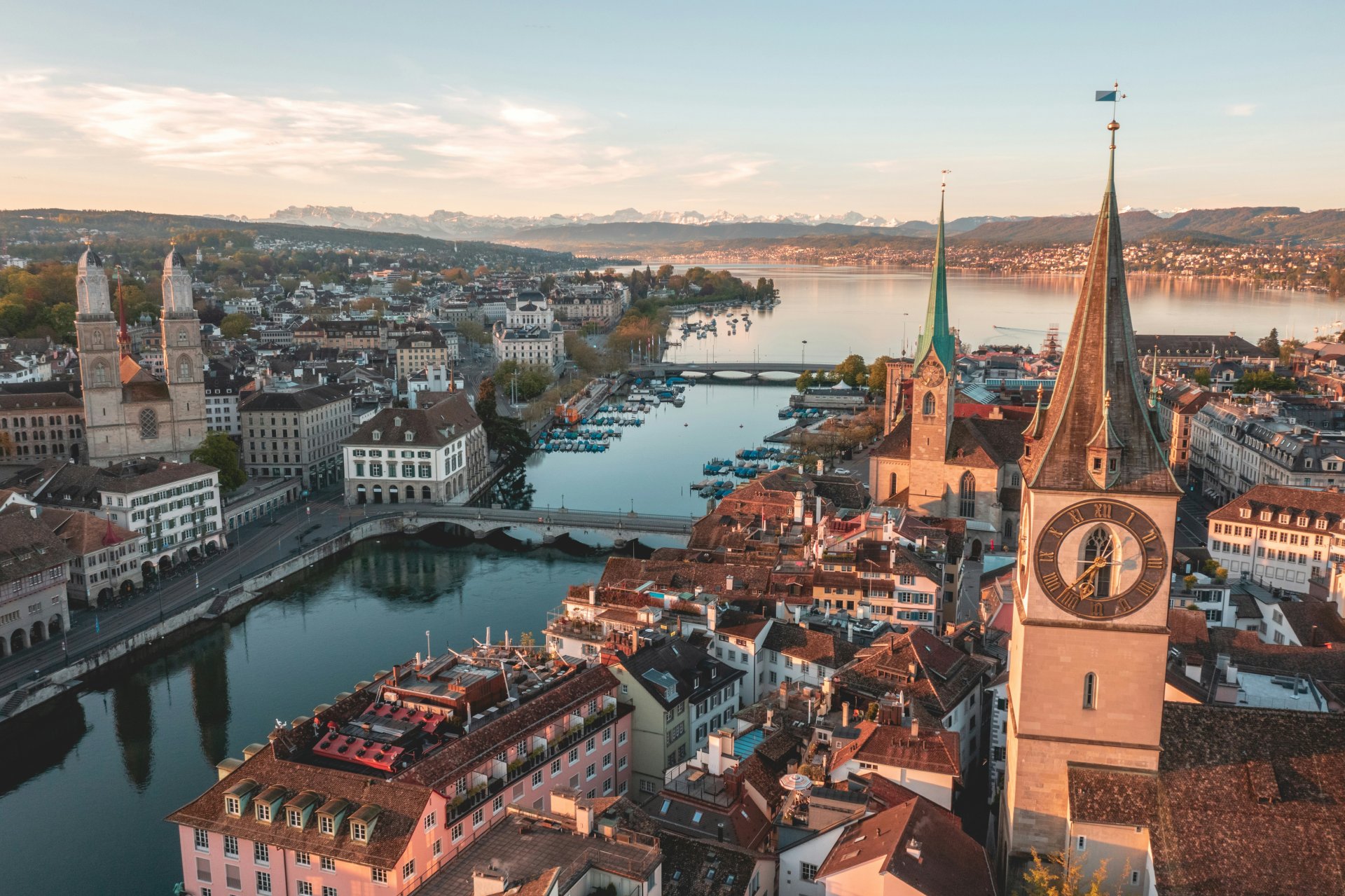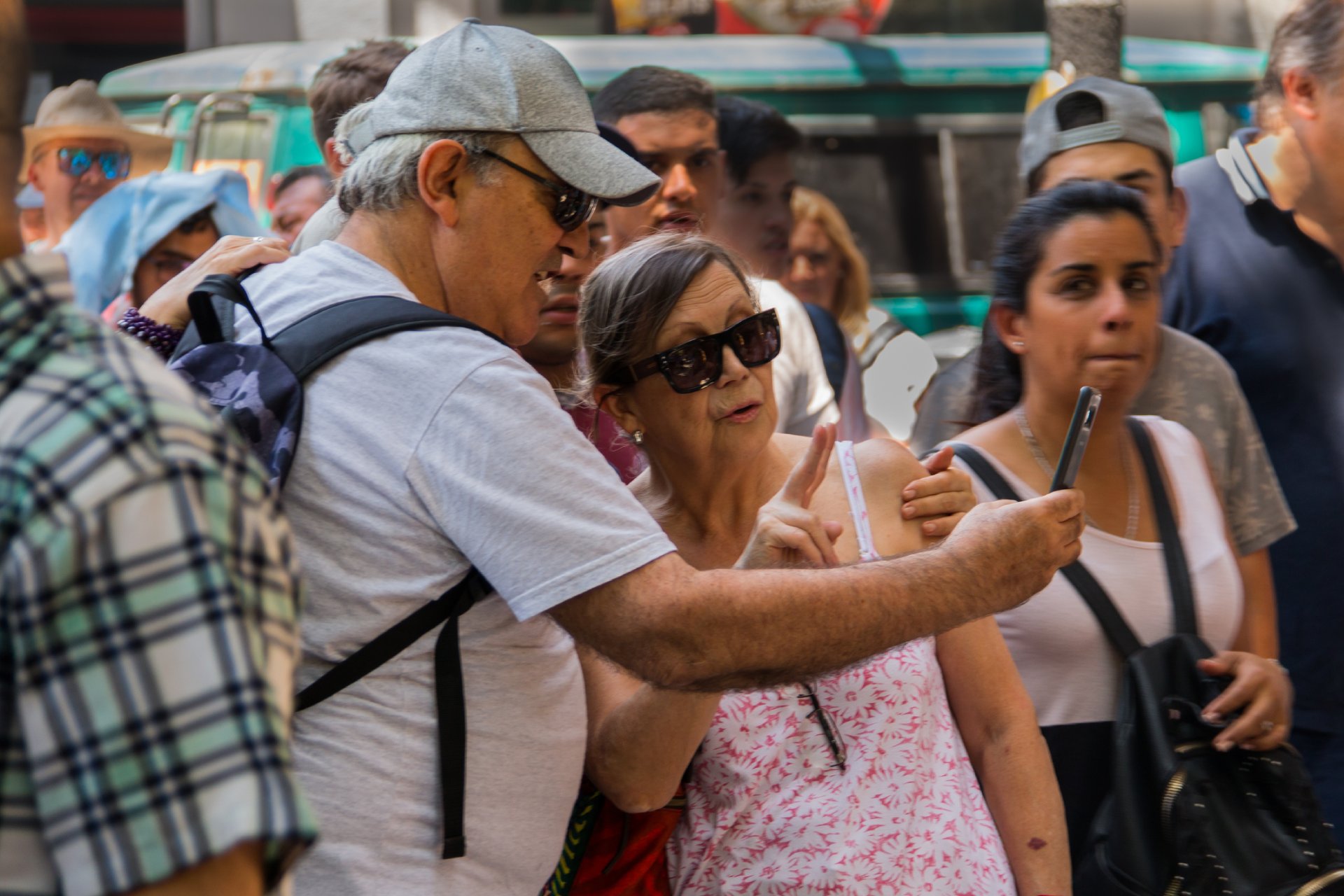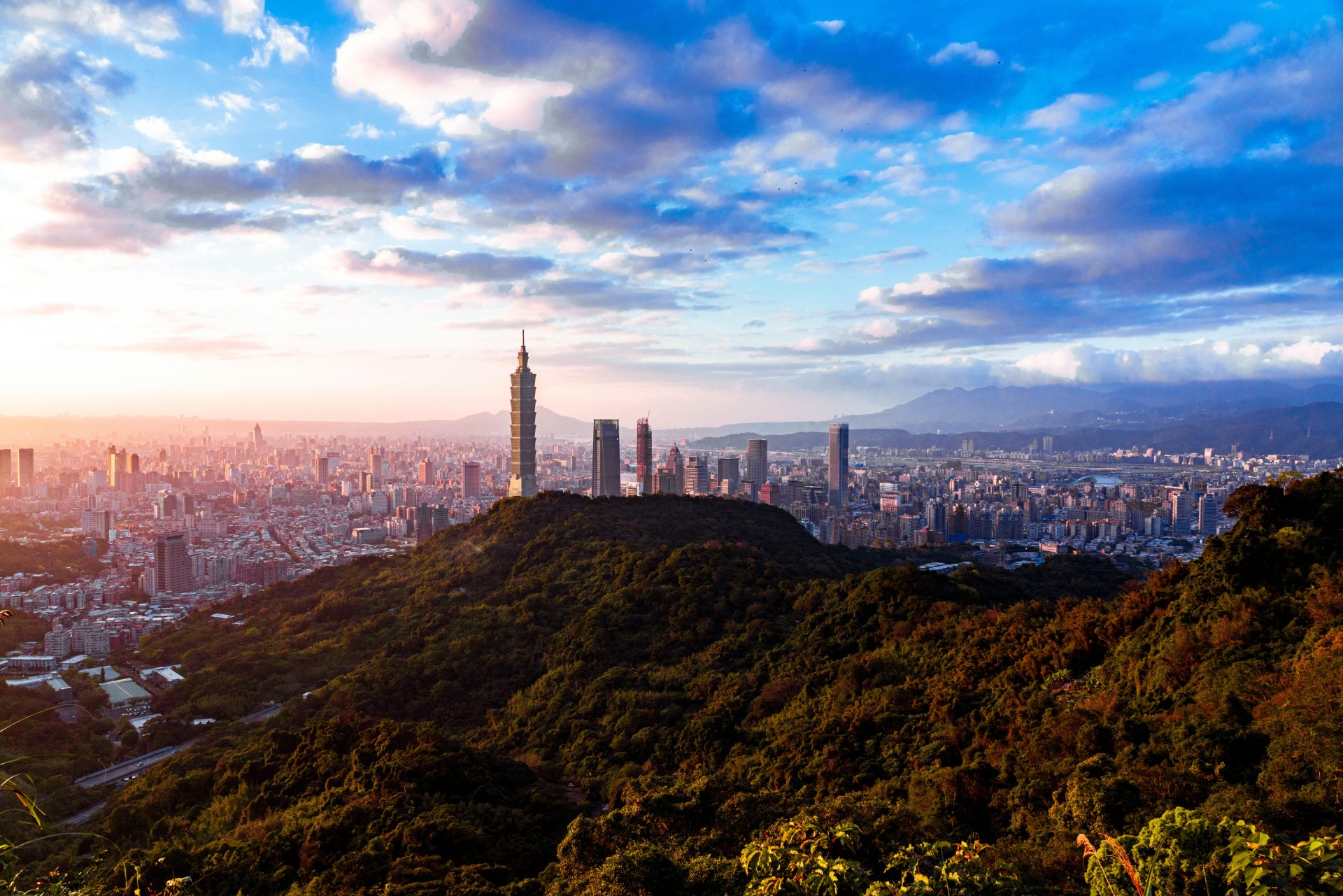Article Highlights:
- Essential cultural customs, etiquette, and local laws every traveler should know before visiting Amsterdam.
- Best times to visit Amsterdam with seasonal highlights year-round.
- Top attractions include museums, nightlife, shopping, and unique districts like the Red Light and Blue Light districts.
- Safety tips, crime rates, terrorism risks, and unusual laws that Western travelers should be aware of.
- Public transportation, emergency response, health care capabilities, and visa/passport entry requirements.
Amsterdam, the capital of the Netherlands, is a city of contrasts: rich in history yet modern in its lifestyle, vibrant in culture yet tranquil along its canals. Whether you’re an art lover, an adventure traveler, or someone looking to explore the famous nightlife, Amsterdam offers something for everyone.
The Dutch are known for their directness, openness, and tolerance. While English is widely spoken, learning a few Dutch phrases like “Dank je wel” (thank you) or “Goedemorgen” (good morning) can be appreciated. Handshakes are common for greetings, and maintaining eye contact during conversations is expected.
Attractions and Must-Visit Spots
- Museums and Art: The Rijksmuseum, Van Gogh Museum, and Anne Frank House are top cultural highlights.
- Nightlife and Clubs: From high-energy venues like Club Amsterdam and Disco Amsterdam to laid-back bars, there’s something for every mood.
- Shopping in Amsterdam: The Nine Streets (De Negen Straatjes) offers boutique shopping, while Kalverstraat is great for mainstream brands.
- Red Light District Amsterdam & Blue Light District: The infamous Red Light District draws many tourists, but the Blue Light District caters to a different clientele.
- Spas & Wellness: After a day of exploring, relax at one of Amsterdam’s famous spas, like Sauna Deco or Akasha Spa.
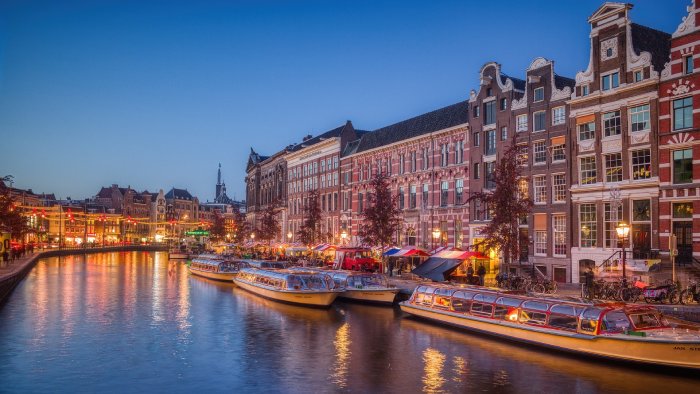
Amsterdam’s Canals: A Rich History of Waterways
Amsterdam’s iconic canals, often called the Venice of the North, were originally constructed in the 17th century during the Dutch Golden Age. The elaborate canal network, spanning more than 60 miles (100 kilometers), was designed for transportation and water management, helping prevent flooding in the low-lying city. The canal ring, known as the Grachtengordel, became a hub of trade and commerce, allowing merchants to transport goods efficiently. Today, these canals are recognized as a UNESCO World Heritage Site, preserving their historical and architectural significance.
Today, the canals serve multiple purposes, from scenic boat tours to functioning as residential houseboat moorings. Tourists can explore the city via canal cruises, while locals still use the waterways for transport and recreation.
The canals also present dangers—accidental falls are common, especially during festivals or nightlife activities. Slippery edges, unpredictable water currents, and the risk of intoxicated tourists falling in contribute to annual incidents. While the waters are regularly cleaned, they are not always safe for swimming, and those who fall in may encounter strong currents, debris, or even cold shock in winter months. Caution is advised when walking near the canals, particularly at night or in crowded areas.
Amsterdam’s Art Scene: History and Fame
Amsterdam has long been a hub for artistic innovation, deeply rooted in the Dutch Golden Age of the 17th century. This period saw the rise of legendary painters like Rembrandt van Rijn, whose dramatic use of light and shadow defined Baroque art, and Johannes Vermeer, known for his intimate and detailed interior scenes. The city’s artistic legacy continued into the 19th and 20th centuries with figures such as Vincent van Gogh, whose bold colors and expressive brushstrokes revolutionized modern art.
Today, the city remains a global center for art, with institutions like the Rijksmuseum, Van Gogh Museum, and Stedelijk Museum preserving and showcasing masterpieces from Dutch and international artists.
Beyond its historical significance, Amsterdam fosters a dynamic contemporary art scene. The Moco Museum highlights street and pop art from modern icons like Banksy and Warhol. At the same time, cutting-edge galleries such as FOAM (Photography Museum) and Eye Filmmuseum showcase emerging visual artists.
The city’s thriving alternative art spaces, including the NDSM Wharf, provide a platform for experimental and underground creatives. Art lovers can also explore numerous public installations, with sculptures, murals, and urban art enriching Amsterdam’s cultural landscape. Whether in a world-renowned museum or a hidden artist’s studio, the city’s commitment to creativity and artistic freedom makes it a must-visit destination for art enthusiasts.
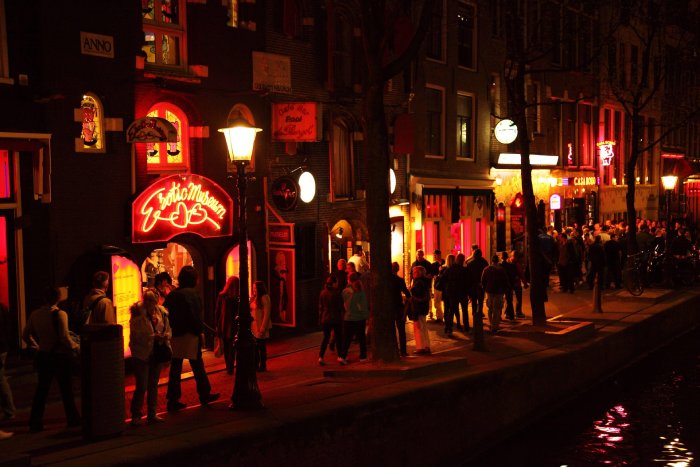
Amsterdam’s Red Light vs. Blue Light Districts
Amsterdam’s Red Light District is one of the city’s most famous and controversial attractions. It is a regulated area where legalized prostitution takes place, with sex workers displaying themselves behind red-lit windows. The district is known for its historic architecture, coffee shops, and vibrant nightlife.
Located in the heart of the city, the Red Light District is a blend of entertainment, tourism, and local culture. While it attracts millions of visitors, it is important to follow local laws and etiquette, including not photographing workers and respecting the area’s regulations. Law enforcement heavily monitors the district to ensure the safety of visitors and workers.
Amsterdam’s Blue Light District is a lesser-known part of the city’s infamous Red Light District, primarily distinguished by the presence of transgender sex workers. The “blue light” reference comes from the blue-tinted lights used in some windows to indicate transgender workers, in contrast to the traditional red lights used for female sex workers.
Like the Red Light District, the Blue Light District is regulated. Legalized prostitution and strict laws ensure the safety of workers and visitors. The district attracts curious tourists and those interested in Amsterdam’s diverse nightlife and culture.
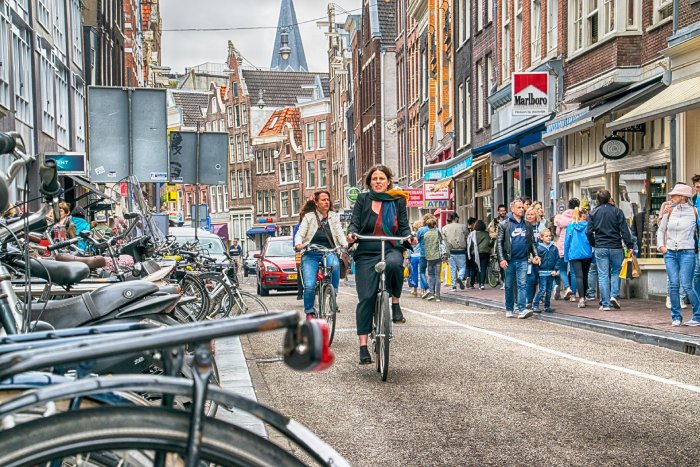
Bicycles in Amsterdam: Safety and Accident Prevention
Amsterdam is often called the world’s bicycle capital, with more bikes than residents. Cycling is the primary mode of transportation for locals, with dedicated bike lanes, traffic signals, and an extensive cycling infrastructure.
Visitors can easily rent bikes from shops to explore the city like locals. However, it’s important to follow local cycling etiquette, such as signaling turns, avoiding pedestrian paths, and parking bikes in designated areas to avoid fines or confiscation.
Despite its well-designed cycling infrastructure, Amsterdam’s high volume of cyclists and busy intersections pose risks, particularly for tourists unfamiliar with local traffic rules. Many traffic accidents involve bicycles due to the dense cyclist population, tram tracks, and interactions with larger vehicles. Key risk factors include confusion over traffic rules, challenging tram tracks, and navigating around buses and trucks, which may not always have clear visibility of cyclists.
To minimize risks, tourists should choose reputable bike tour companies with experienced guides who understand the city’s cycling landscape. Staying alert and aware of surroundings, following Dutch cycling rules, using hand signals for turns, and maintaining a defensive riding approach are all crucial for safety. Additionally, cyclists should avoid distractions, such as using mobile phones while riding, and always yield appropriately at intersections to ensure a smooth and safe biking experience.
Amsterdam Cuisine: It’s More Than Gouda
Dutch cuisine reflects the country’s maritime history, agricultural abundance, and trading legacy. Traditionally, Dutch meals have been simple yet hearty, with staples like potatoes, vegetables, and meats forming the base of many dishes. Classic Dutch meals include stamppot, a mashed potato dish mixed with vegetables and served with sausage, and erwtensoep, a thick split pea soup popular in winter. The Netherlands’ coastal location also contributes to a rich seafood tradition, with herring being a particularly iconic delicacy, often eaten raw with onions and pickles. Cheese is a cornerstone of Dutch cuisine, with Gouda and Edam being world-renowned varieties produced for centuries.
Dutch street food remains a major draw for visitors, with offerings such as stroopwafels (thin caramel-filled waffles), bitterballen (deep-fried meat-based snacks), and patat (thick-cut fries served with various toppings like mayonnaise or peanut sauce).
Travelers looking beyond street food will have their choice of several Michelin-starred restaurants, including these two-star establishments:
- Flore offers contemporary cuisine with a focus on sustainable and locally sourced ingredients.
- Vinkeles provides creative dishes in a historic setting.
- Spectrum is renowned for its innovative and creative menu.
- Restaurant 212 provides a unique dining experience with an open kitchen and inventive dishes.
- Ciel Bleu sits on the 23rd floor of Hotel Okura Amsterdam and offers creative cuisine alongside panoramic city views.
- Aan de Poel is on the city’s outskirts and serves creative dishes in a modern and elegant atmosphere.
- De Bokkedoorns is located in Overveen, near Haarlem, and has maintained its two Michelin stars for more than 30 years, focusing on top-quality, primarily fish-related ingredients.
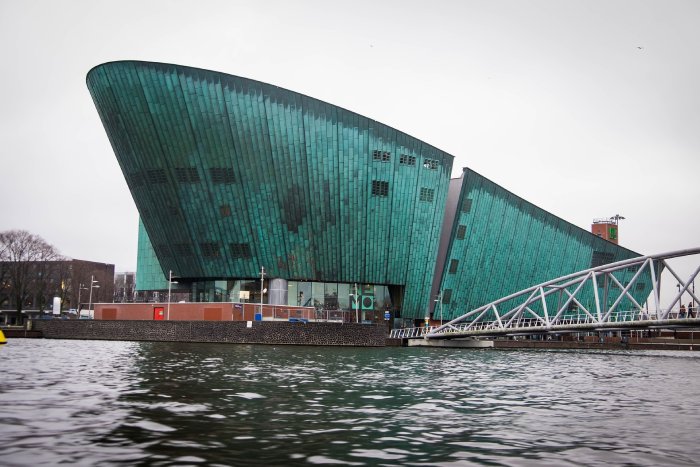
Amsterdam: An All-Season Destination
Amsterdam’s weather and tourist seasons vary throughout the year, each season offering a distinct experience.
In April and May, Amsterdam bursts into color with blooming tulips and pleasant spring weather, drawing visitors eager to experience the famous flower fields. The summer months are warm, with long daylight hours marking the peak tourist season. Amsterdam’s canal-side cafes bustle, parks are packed, canal cruises are in full swing, beaches are full, and a wide variety of summer festivals, including the famous Amsterdam Pride parade, take place.
In the fall, tourism diminishes as the autumn foliage lines the canals and paints the city’s parks with vibrant red and gold leaves, creating picturesque scenery. Fall hosts cultural events, including art exhibitions, film festivals, and the Amsterdam Dance Event – an annual five-day electronic music festival and conference. In winter, Amsterdam transforms into a winter wonderland, with festive markets and ice-skating rinks creating a magical holiday experience. Travelers will enjoy the festive atmosphere, the light festival, fewer crowds, cozy cafes, and the possibility of seeing the canals partially frozen with potential ice skating.
Amsterdam’s Unusual Laws & Customs Western Travelers Should Know
In Amsterdam, consuming alcohol in most public spaces, such as sidewalks, parks, and streets, is prohibited. While cannabis is widely associated with the city’s coffee shops, its purchase and use are only legal within these designated establishments, making public consumption illegal.
Cycling is the primary mode of transportation, and pedestrians should remain vigilant to avoid walking in bike lanes, as they are heavily used by locals.
Although tipping is not mandatory, it is appreciated in restaurants, where rounding the bill or adding a gratuity of 5-10% is common.
Amsterdam Safety and Public Transportation
Amsterdam is generally safe, with a low violent crime rate, but petty crimes like pickpocketing occur, especially in crowded areas. Terrorism risk is low, but travelers should stay informed on government advisories. The city has an efficient tram, metro, and bus system. Emergency services are reliable, and health care is of high quality. EU travelers can use an EHIC card, while others should have travel insurance.
Most Western travelers can enter the Netherlands visa-free for 90 days. The country has minimal natural disaster risks, though occasional flooding can occur.
The Dutch Touch: A History of Support of North America
During the American Revolution, the Dutch supplied essential goods and financial support to help the American revolutionaries fight against the British. During World War II, the Netherlands forged a deep bond with the United States and Canada. American forces played a key role in liberating the Netherlands from enemy occupation. Canada provided crucial refuge for the Dutch Royal Family, who fled to Ottawa for safety. Today, the Netherlands, a founding member of NATO, collaborates closely with the US and Canada. This enduring relationship highlights the Netherlands’ long history of strategic cooperation and shared values with the United States and Canada, from revolutionary times to present-day global challenges.
The Global Rescue Connection
Amsterdam offers an exceptional mix for travelers from history and art to culture and night life. Whether travelers seek a two-wheel tour of the world’s bicycle capital or a waterway tour of the canals of the Venice of the North, Amsterdam captivates visitors year-round.
As you plan your visit, obtain a Global Rescue membership to ensure a safe and enjoyable experience in this remarkable city. Global Rescue ensures peace of mind for travelers visiting Amsterdam and beyond. Membership benefits include emergency medical evacuation, field rescue, and expert medical advisory services.

